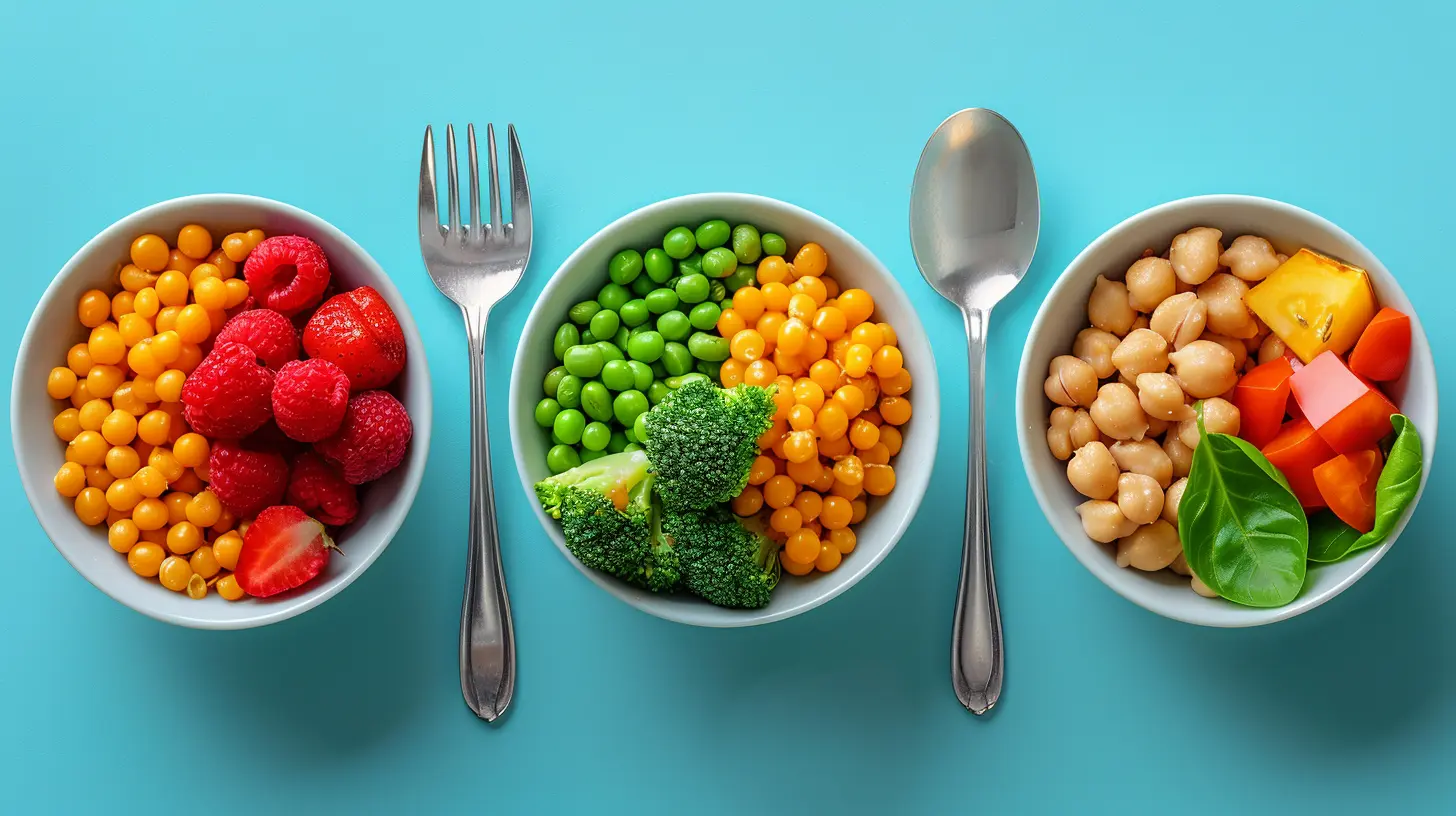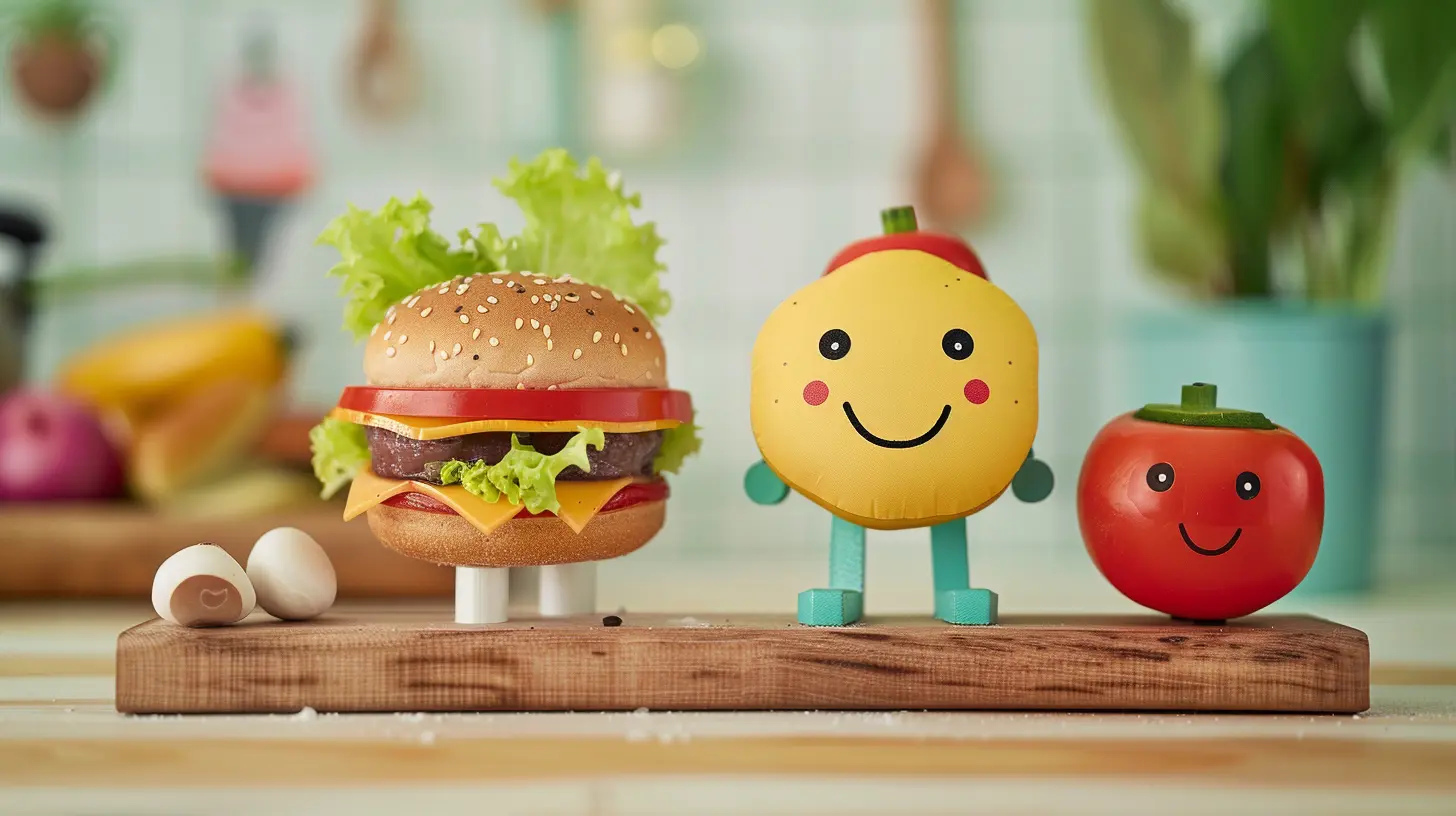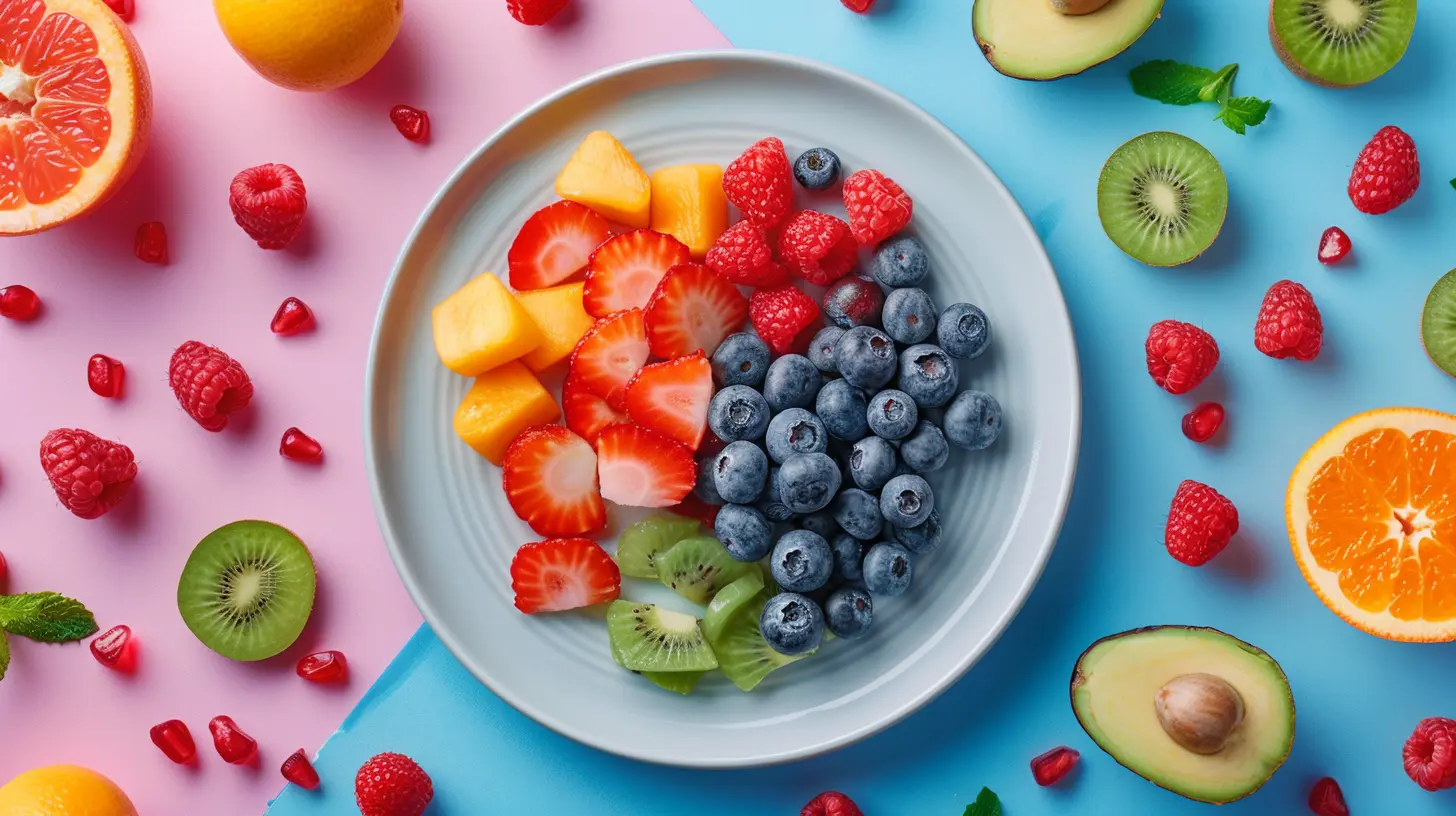28 November 2024
As parents, one of our primary concerns is ensuring that our children are eating just the right amount of food. But the big question is: how much is enough? In today's world of supersized meals and endless snacks, it's easy to either overfeed or underfeed our little ones. Understanding portion sizes for kids isn't just about making sure they finish their veggies; it's about promoting lifelong healthy eating habits.
In this article, we'll break down what portion sizes should look like for children, how they differ from adult portions, and practical tips to ensure your child gets the nutrients they need – without going overboard.

Why Portion Sizes Matter
It’s tempting to fill up your kid’s plate, especially when they’re picky eaters. You might think, "The more food I put in front of them, the more they'll eat." But that’s not always the case. In fact, huge portion sizes can overwhelm kids or, worse, encourage overeating.The Overeating Dilemma
When children are regularly served oversized portions, they can lose touch with recognizing when they’re actually full. Their bodies and brains might ignore those subtle hunger and satiety cues, which can lead to overeating, weight gain, and an unhealthy relationship with food later in life.Encouraging Healthy Eating Habits
Proper portion sizes help kids learn to self-regulate — to eat when they’re hungry and stop when they’re full. Plus, sticking to appropriate portions can help reduce food waste and make mealtime less stressful. After all, no one likes an untouched plate of food staring back at them, right?
How Much Should Kids Eat?
Most parents wonder if their child is eating enough (or too much). The truth is, there’s no one-size-fits-all answer. Portion sizes for kids vary based on their age, activity level, growth spurts, and individual needs.However, there are general guidelines that can help you get started. Here's a breakdown of portion sizes based on age.
Babies and Toddlers (Ages 1-2)
At this stage, little ones are just starting to explore the world of solid foods. Their tummies are still tiny, so they don’t need large portions.- Protein: 1 to 2 tablespoons of mashed beans, meat, or fish.
- Vegetables: 1 to 2 tablespoons of cooked veggies.
- Fruits: 1 to 2 tablespoons of soft fruits.
- Grains: About 1/4 of a slice of bread or 1 tablespoon of rice or pasta.
It's often surprising to realize how small these portions are, right? But remember, toddlers are great at listening to their bodies. They're natural intuitive eaters — they'll stop when they're full (even if it feels too early for us!).
Preschoolers (Ages 3-5)
As they grow, preschoolers naturally require more food to fuel their bodies and brains. That said, their portion sizes are still smaller than adult portions.- Protein: About 1 ounce (or the size of their palm) of chicken, turkey, or tofu.
- Vegetables: 1 to 3 tablespoons of cooked veggies.
- Fruits: Half a medium-sized fruit, such as an apple or banana.
- Grains: A quarter to half a cup of rice or pasta, or a slice of bread.
A good rule of thumb: Think "mini portions." If you’re ever unsure, serving meals in smaller amounts is always safer — you can always offer seconds.
Elementary-Aged Kids (Ages 6-12)
Kids between 6 and 12 are growing fast! Their activity levels are also increasing, which means they need energy-packed, nutrient-dense foods.- Protein: 2 to 3 ounces (or about the size of a deck of cards) of lean meats or plant-based proteins.
- Vegetables: Half a cup of cooked veggies or 1 cup of raw veggies.
- Fruits: 1 medium-sized fruit or half a cup of berries.
- Grains: Half a cup of pasta, rice, or cereal, or 1 slice of bread.
By the time they’re elementary-aged, your kids might be eating portions closer to what you're eating — but still, keep an eye on those portions! They should reflect the size of their stomach, not yours.
Teens (Ages 13-18)
Ah, the teen years. Those bottomless pits of hunger! Teenagers have even bigger nutritional needs thanks to growth spurts and fluctuating energy levels. However, that doesn’t mean they need to overeat.- Protein: 3 to 6 ounces of lean meat, poultry, or plant-based protein.
- Vegetables: A cup of raw veggies or half a cup of cooked vegetables.
- Fruits: 1 medium fruit or 1 cup of fruit salad.
- Grains: 1 cup of cooked rice, pasta, or cereal.
Remember, just because teens are growing rapidly and seem to be constantly hungry doesn’t mean they should be eating endless amounts of food. Teach them the importance of balanced meals with appropriate portions.

Visual Portion Guidelines
If you’re not keen on measuring out food all the time (who is, really?), there’s a simple trick that can save you some math: use your child's hand to estimate portion sizes.- Protein: The size of their palm.
- Fruits and Veggies: The amount they can hold in their cupped hand.
- Grains: About the size of their fist.
- Fats: About the size of the tip of their thumb.
This method is great because it adjusts as your child grows. As their hands get bigger, so do the portions!

Tips to Encourage Proper Portion Sizes
We’ve covered what portion sizes should look like, but getting kids to accept these portions can sometimes feel like an uphill battle. Here are a few practical tips to help your child embrace the right amount of food:1. Use Smaller Plates
This might sound simple, but switching to smaller plates can work wonders. Large plates filled to the brim can make kids feel like they need to eat everything. Smaller plates give the impression of a fuller portion even when serving reasonable amounts.2. Let Them Serve Themselves
When kids have a say in what and how much they're eating, they're more likely to eat the right amount. It also teaches them independence and respect for their hunger cues. Just offer guidance while they dish out their meals.3. Follow the “Half Plate Rule”
Encourage your child to fill half their plate with vegetables, a quarter with lean proteins, and a quarter with grains. This simple strategy helps ensure they're getting a balanced amount of different food groups at every meal.4. Offer Seconds with Caution
If your child finishes their meal and asks for seconds, it’s okay to say yes – but pause for a moment. Ask them to wait a few minutes before dishing out more. This gives their brain a chance to realize if they’re truly still hungry instead of just eating out of habit.5. Snack Wisely
Snacks don’t need to be large to be satisfying. A small apple, a handful of nuts, or a slice of cheese can give your child the energy they need without spoiling their appetite for dinner.What to Do When Your Child Refuses to Eat
It’s stressful when your child refuses to eat, especially when you’re worried about them getting enough nutrients. But here’s the golden rule: don’t force it.Kids know how much food they need, and forcing them to eat more than they’re comfortable with can lead to adverse reactions over time. If they don't finish their meal, don’t make a big deal out of it. They may simply be full, and that’s okay.
Instead, try to involve them in the cooking process or make meals fun by including a variety of colorful fruits and vegetables. Sometimes, the presentation can make all the difference.
Teaching Kids to Listen to Their Bodies
Ultimately, the goal is to teach your child to understand their body's cues. Encourage them to eat when they're hungry and stop when they're full. This might sound basic, but in an age of distractions (like TV or video games during dinner), it can be easy for kids to lose touch with how they feel.Key Takeaways:
- Encourage kids to sit down and focus on their meal.- Don’t rush meals; allow them time to recognize when they’re full.
- Lead by example – if they see you eating mindfully, they’re more likely to do the same.
Conclusion
Understanding portion sizes for kids isn’t about strict rules or obsessively measuring every bite. It’s about fostering a healthy, balanced approach to eating that will serve them well throughout their lives. By ensuring that your child gets the right portion sizes, you’re helping them develop healthy eating habits, recognize when they’re hungry (and when they’re full), and avoid the pitfalls of overeating.And remember, no one gets it perfect every time. Sometimes kids will eat more, sometimes less – and that’s okay. Trust your instincts, trust their hunger cues, and remember: you’re doing a great job.










Damien McLemore
Great article! Understanding portion sizes really helps in encouraging healthy eating habits. Thanks for sharing these practical tips for parents!
April 5, 2025 at 4:59 PM